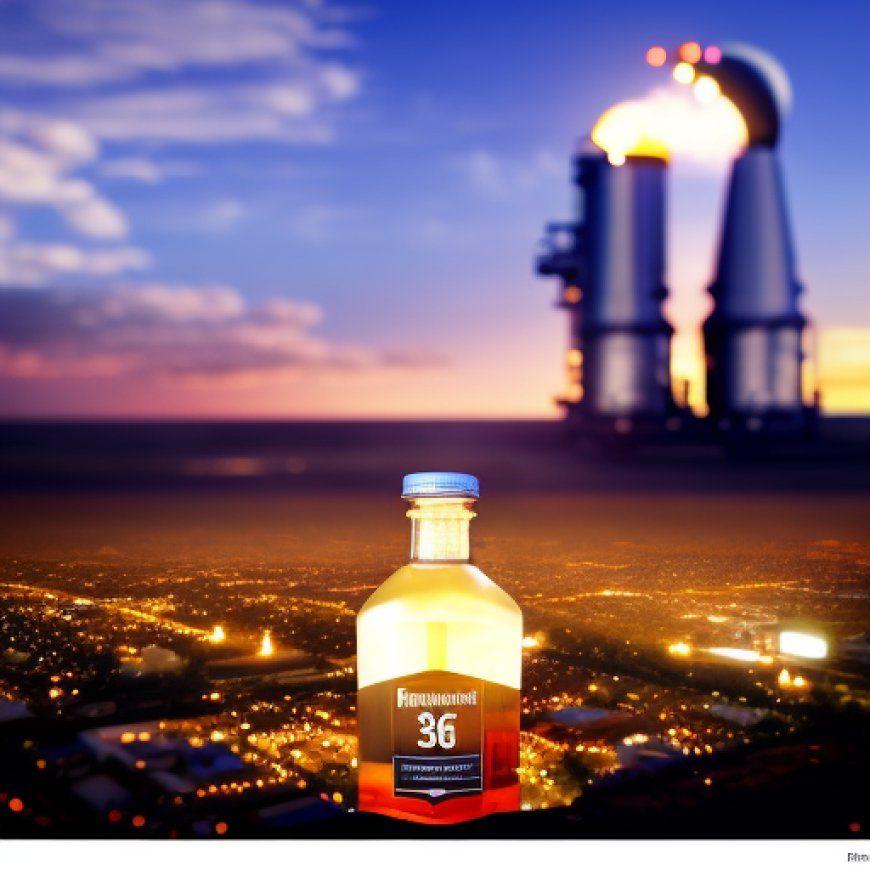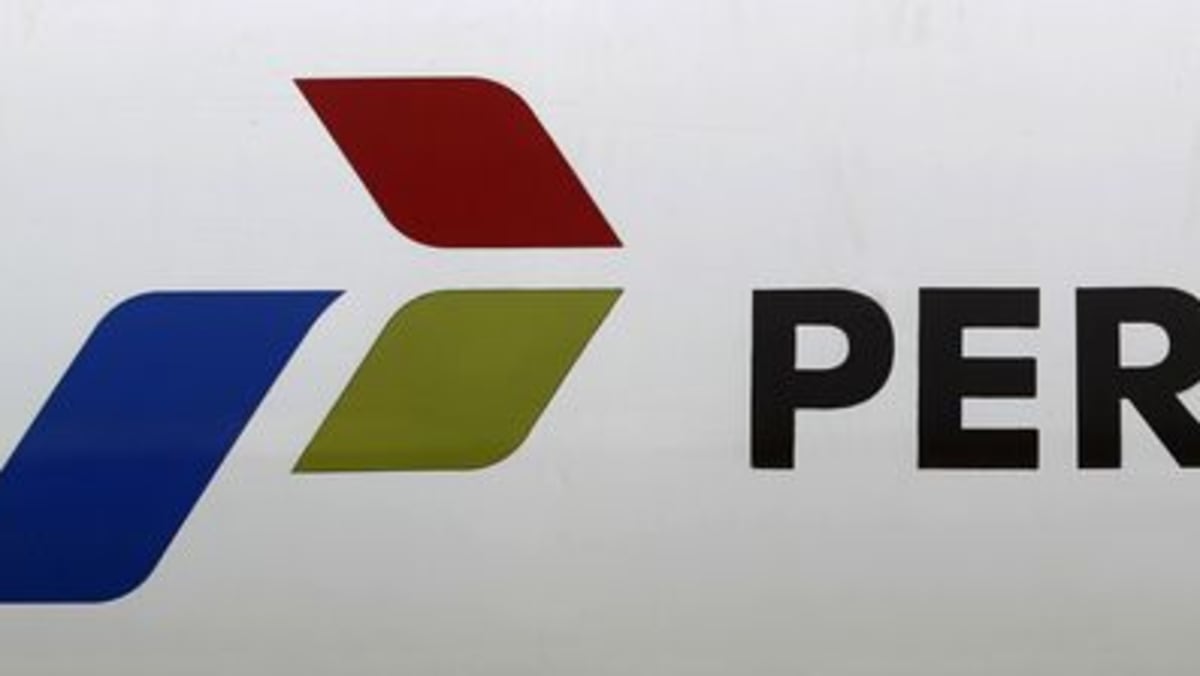Indonesia’s Pertamina plans more biofuel products, ethanol imports in 2024
Indonesia's Pertamina plans more biofuel products, ethanol imports in 2024 CNA


Pertamina Plans to Increase Ethanol Blend in Gasoline Products by 2024

JAKARTA: Indonesian state energy company Pertamina plans to increase the ethanol blend in its gasoline products by 2024, aiming to offer alternative fuels to the public, according to its chief executive, Nicke Widyawati.
Increased Ethanol Blend for Improved Fuel Quality
Under the brand Pertalite, Pertamina will mix 7% ethanol with its widely used 90-octane gasoline, enhancing the quality of the fuel. This move aligns with the Sustainable Development Goals (SDGs) by promoting sustainable energy consumption and reducing emissions.
Pertamina will also raise the ethanol blend in another fuel product, Pertamax Green 95, from 5% to 8%. Currently, Pertamax Green 95 is only available at 17 fuel stations in Jakarta and Surabaya, Indonesia’s two largest cities.
Importing Ethanol to Meet Demand
Due to limited domestic production of biofuel made from sugar molasses, Pertamina will import the ethanol required for the increased blend. The current domestic output of fuel-grade ethanol is estimated at around 63,000 kiloliters per year. However, Pertamina has not provided an estimate for the amount of ethanol it plans to import.
“We are still importing gasoline, so we are just replacing some gasoline imports with ethanol, which is better in terms of emissions,” stated Nicke.
Expansion Plans and Impact on Fuel Subsidies
Pertamina has not yet decided how many of its petrol stations will distribute the biofuel products next year, according to company spokesperson Fadjar Djoko Santoso. It also remains unclear if the plan will affect Indonesia’s fuel subsidies. Currently, the government subsidizes Pertalite sales to maintain a steady price of 10,000 rupiah (65.6 U.S. cents) per liter. Nicke mentioned that Pertamina has not discussed the issue of subsidies with the government.
Supporting Sugar Production for Ethanol
President Joko Widodo aims to increase sugar output by planting 700,000 hectares with sugarcane. This initiative could potentially produce 1.2 million kiloliters of ethanol for fuel, contributing to the SDGs by promoting sustainable agriculture and renewable energy sources.
($1 = 15,235.0000 rupiah)
SDGs, Targets, and Indicators
| SDGs | Targets | Indicators |
|---|---|---|
| SDG 7: Affordable and Clean Energy | 7.2: Increase substantially the share of renewable energy in the global energy mix | – Percentage of ethanol blend in gasoline products – Amount of ethanol imported by Pertamina |
| SDG 13: Climate Action | 13.2: Integrate climate change measures into national policies, strategies, and planning | – Reduction in emissions from gasoline products due to ethanol blend |
| SDG 12: Responsible Consumption and Production | 12.2: Achieve sustainable management and efficient use of natural resources | – Increase in the production and use of biofuels made from sugar molasses |
| SDG 2: Zero Hunger | 2.4: Ensure sustainable food production systems and implement resilient agricultural practices | – Increase in sugarcane plantation area for increased sugar output |
1. Which SDGs are addressed or connected to the issues highlighted in the article?
SDG 7: Affordable and Clean Energy
The article discusses Pertamina’s plan to mix its gasoline products with ethanol, a renewable energy source. This aligns with SDG 7, which aims to ensure access to affordable, reliable, sustainable, and modern energy for all.
SDG 13: Climate Action
The use of ethanol in gasoline products can help reduce emissions, contributing to SDG 13’s goal of taking urgent action to combat climate change and its impacts.
SDG 12: Responsible Consumption and Production
The article mentions Pertamina’s plan to increase the production and use of biofuels made from sugar molasses. This supports SDG 12’s objective of promoting sustainable consumption and production patterns.
SDG 2: Zero Hunger
The article mentions President Joko Widodo’s plan to increase sugarcane plantation area to increase sugar output. This connects to SDG 2’s aim of achieving food security, improving nutrition, and promoting sustainable agriculture.
2. What specific targets under those SDGs can be identified based on the article’s content?
Target 7.2: Increase substantially the share of renewable energy in the global energy mix
Pertamina’s plan to mix its gasoline products with ethanol contributes to this target by increasing the share of renewable energy in the transportation sector.
Target 13.2: Integrate climate change measures into national policies, strategies, and planning
The use of ethanol in gasoline products helps reduce emissions, aligning with this target to integrate climate change measures into energy policies and strategies.
Target 12.2: Achieve sustainable management and efficient use of natural resources
Pertamina’s plan to increase the production and use of biofuels made from sugar molasses supports this target by promoting the sustainable management and efficient use of natural resources.
Target 2.4: Ensure sustainable food production systems and implement resilient agricultural practices
President Joko Widodo’s plan to increase sugarcane plantation area aligns with this target, aiming to enhance sustainable food production systems and resilient agricultural practices.
3. Are there any indicators mentioned or implied in the article that can be used to measure progress towards the identified targets?
– Percentage of ethanol blend in gasoline products: This indicator can measure the progress towards Target 7.2, as an increase in the ethanol blend indicates a higher share of renewable energy in the gasoline mix.
– Amount of ethanol imported by Pertamina: This indicator can also measure progress towards Target 7.2, as a higher import volume indicates a greater use of renewable energy in the transportation sector.
– Reduction in emissions from gasoline products due to ethanol blend: This indicator can measure progress towards Target 13.2, as it reflects the effectiveness of integrating climate change measures into energy policies.
– Increase in the production and use of biofuels made from sugar molasses: This indicator can measure progress towards Target 12.2, as it shows the shift towards sustainable management and efficient use of natural resources.
– Increase in sugarcane plantation area for increased sugar output: This indicator can measure progress towards Target 2.4, as it reflects the expansion of sustainable food production systems and resilient agricultural practices.
SDGs, Targets, and Indicators
| SDGs | Targets | Indicators |
|---|---|---|
| SDG 7: Affordable and Clean Energy | 7.2: Increase substantially the share of renewable energy in the global energy mix | – Percentage of ethanol blend in gasoline products – Amount of ethanol imported by Pertamina |
| SDG 13: Climate Action | 13.2: Integrate climate change measures into national policies, strategies, and planning | – Reduction in emissions from gasoline products due to ethanol blend |
| SDG 12: Responsible Consumption and Production | 12.2: Achieve sustainable management and efficient use of natural resources | – Increase in the production and use of biofuels made from sugar molasses |
| SDG 2: Zero Hunger | 2.4: Ensure sustainable food production systems and implement resilient agricultural practices | – Increase in sugarcane plantation area for increased sugar output |
Behold! This splendid article springs forth from the wellspring of knowledge, shaped by a wondrous proprietary AI technology that delved into a vast ocean of data, illuminating the path towards the Sustainable Development Goals. Remember that all rights are reserved by SDG Investors LLC, empowering us to champion progress together.
Source: channelnewsasia.com

Join us, as fellow seekers of change, on a transformative journey at https://sdgtalks.ai/welcome, where you can become a member and actively contribute to shaping a brighter future.







